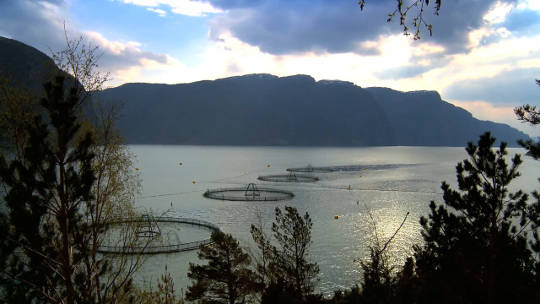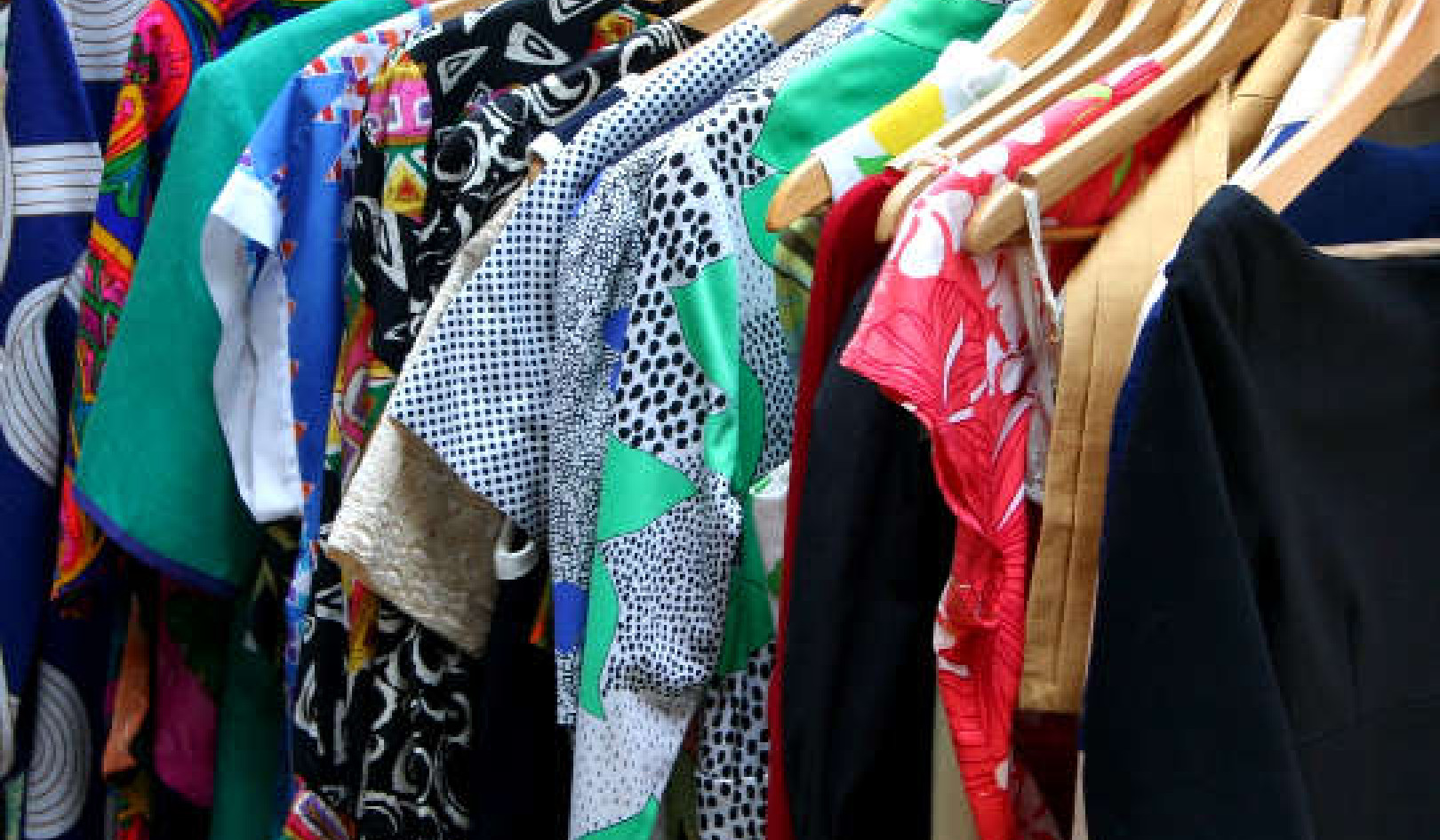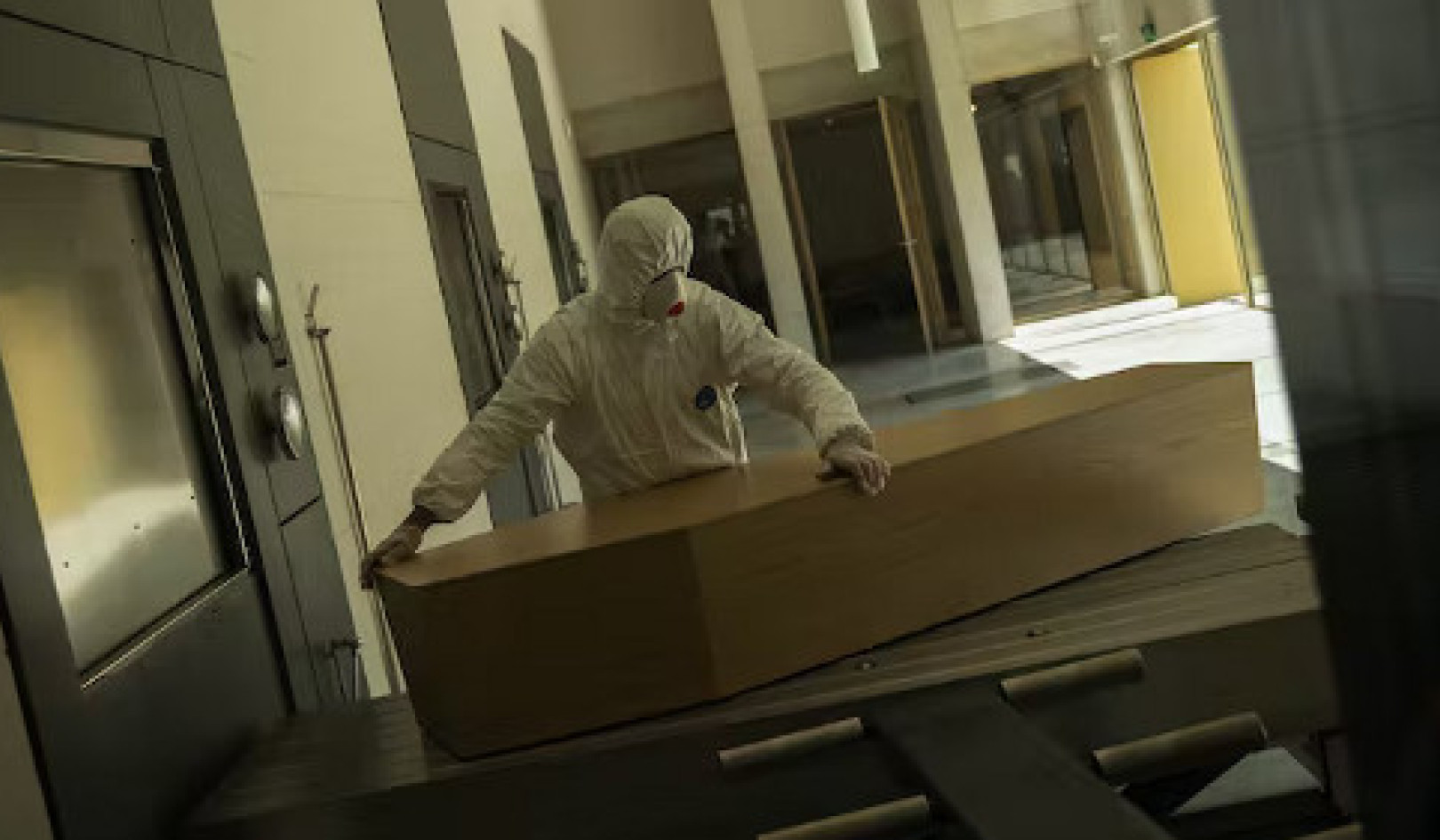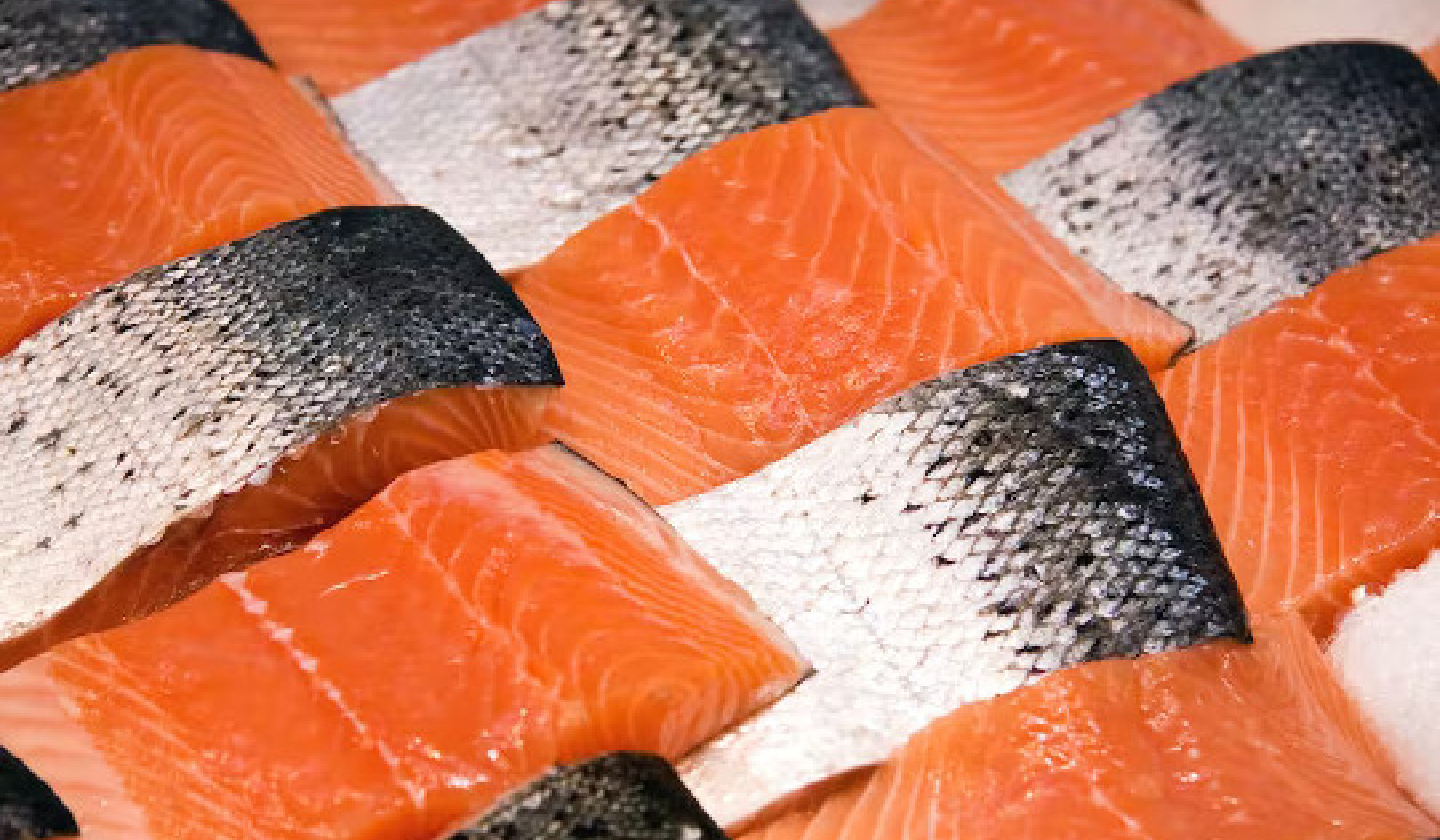
Aquaculture is in the spotlight again, with an ABC investigation raising concerns over the sustainability of the expansion of Tasmania’s salmon-farming industry.
Controversies over fish farming are newsworthy and emotive, particularly when company profits and communities are at stake. Unfortunately, independent scientific evidence is often used selectively or even ignored in these debates.
Science is an essential tool for managers and regulators when planning industry expansion, and Australia’s aquaculture industry does have a strong research base.
Fish farming can be sustainable, but only if it takes proper account of scientific research – and only if that research moves fast enough to give an up-to-date picture of the risks.
Demand for sustainable aquaculture
The ever-growing demand for seafood, combined with the limited opportunity to increase catch from wild fisheries, means we need more aquaculture. Farming already produces roughly 50% of the global seafood supply, and farmed fish production now exceeds that of farmed beef.
Intensive aquaculture is relatively new, with supply rising tenfold since the mid-1980s. It is thus unique among food production sectors in that its initial expansion has taken place in an era of unprecedented scrutiny from government, environmentalists and the community.
This scrutiny is warranted, given that many fish farms are in coastal waters considered as a multi-use, common resource. In Australia, the industry is subject to high environmental standards and constantly evolving management.
Intensive aquaculture has several inherent advantages over other forms of agriculture (besides the intrinsic health benefits of seafood). These include efficient food conversion (it takes just 1.3kg or less of feed to produce 1kg of salmon, compared with 1.8kg for chicken and 2.6kg for pork); relatively limited use of fresh water; and the absence of fertilisers.
However, there are also significant sustainability challenges, including limiting marine feed ingredients; waste management; the use of drugs, colourants and other chemicals; impacts on wild marine species; management of fish health and welfare; site selection; and societal attitudes.
The aquaculture research community is acutely aware of these challenges. At a World Aquaculture conference in Adelaide in 2014, the program was dominated by issues related to sustainable development.
Planning for the future
In the forseeable future, world aquaculture production is projected to grow at least at its current and long term rate of 6.5% a year. Australia’s industry, while representing less than 0.1% of world production, is growing even faster: more than 7% a year over the past decade.
Given cost constraints, this future expansion will be mostly inland or in coastal marine environments. Scientific input will be crucial if this expansion is to be managed in a sustainable way.
For example, coastal aquaculture operations are exposed to conditions that create good years and bad years. Understanding the spatial and temporal variation in these conditions is critical. It is not in the industry’s interest to risk growing fish in marginal conditions.
Conditions are also becoming more challenging as a result of climate change – the oceans off Australia’s southeast are among the fastest warming on the planet.
Enlightened aquaculture businesses are trying to anticipate these conditions by working with scientists including CSIRO and the Bureau of Meteorology to understand future environmental risks on a range of timescales.
Seven-day ocean forecasts and medium-term outlooks covering several months will help the industry make decisions about cage locations, stocking density, diet, disease management, and when to harvest.
Meanwhile, longer-term planning, on time scales of years and decades, will be informed by climate models. For example, the industry can aim to breed fish to cope with changing conditions such as warmer water.
Of course, forecasts are never 100% accurate, meaning that aquaculture businesses still need to account for risk and uncertainty.
Planning for now
Science is clearly crucial for effective future planning. But it is also important to ensure that current management is the best it can be, and that current risks are managed.
In the case of finfish aquaculture, the potential for localised impacts on the seabed around sea cages is well known, and monitoring and management strategies well established.
The potential for adverse effects on the water in and around cages is also important, and water column monitoring is increasingly a management requirement.
Broader ecosystem interactions – such as changes in fauna and flora on reefs around cages – are progressively being recognised as an issue for many aquaculture regulators and managers.
As scientists’ understanding of these risks increases, regulators and managers can implement strategies to protect a broader suite of environmental assets and values.
However, there is no “one size fits all” management approach for this rapidly growing industry, and strategies need to be considered in the local context (ecological, social and economic). Science can provide a better understanding of a particular scenario, but it is up to managers to use this information wisely – and to exercise caution where risks are not well understood.
Fast responses
Management may aspire to be “best practice”, but it is important to recognise that this does not mean that it will be static or finite. Management should respond to changes in the environment (both natural and social) and should adjust as the science and understanding develops.
It is important to acknowledge the different but complementary roles that science and management play in aquaculture planning. Scientists seek to understand the situation (such as the current or future environmental conditions) and share that understanding impartially and objectively. Regulators and managers need to make decisions with a much broader mandate, and as such need to consider factors beyond the science alone. Good planning needs to recognise the value of both.
Aquaculture development and policy needs to be able to trust the science, which in turn, must be delivered in a timely manner, to ensure long-term sustainability of this industry.
![]()
About The Author
Graham Mair, Director of Marine Sciences and Professor of Aquaculture, Flinders University; Alistair Hobday, Senior Principal Research Scientist - Oceans and Atmosphere, CSIRO, and Catriona Macleod, Associate professor, University of Tasmania
This article was originally published on The Conversation. Read the original article.
Related Books:
at InnerSelf Market and Amazon























